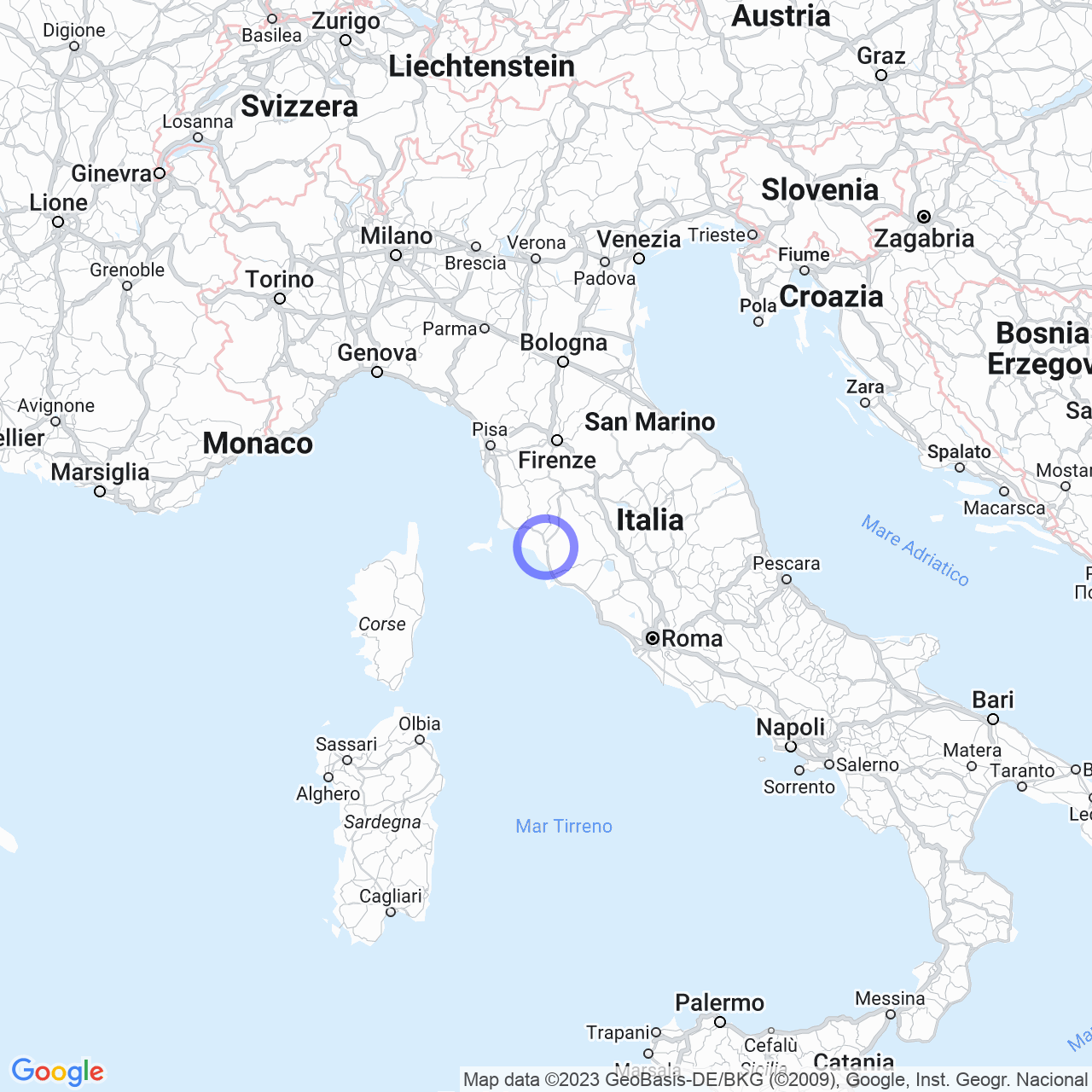Batignano
Discovering Batignano: a charming village immersed in the Tuscan countryside
Located about 10 km northeast of Grosseto in Tuscany, the village of Batignano is a delightful place where nature and history merge in a romantic and evocative atmosphere. With its ancient hamlets, churches, and historic buildings, Batignano is an ideal destination for those who wish to discover the charm of Maremma and Tuscan culture.
Physical Geography
Batignano is situated on one of the last hilly outcrops of the Ombrone Valley and is in proximity to Monte Leoni, a hilly group that extends between the towns of Montepescali, Sticciano, and Montorsaio, surpassing the highest summit in the area and reaching a height of 600 meters above sea level. The village dominates the ancient city of Roselle and stands as a small hidden treasure among the Tuscan hills.

History
The origins of Batignano are shrouded in mystery, but it is believed that the village arose around a castle that controlled the passage to Siena and some lead and silver mines. Over the centuries, Batignano was a fiefdom of the Aldobrandeschi family, came under the influence of Siena, and was eventually annexed to the Grand Duchy of Tuscany. In 1738, the village was reunited with the municipality of Grosseto.
Monuments and Points of Interest
Batignano is renowned for the beauty of its historical monuments and religious architecture, such as the parish church of San Martino, dating back to the early Middle Ages and enriched with wooden statues and antique paintings. The village also preserves remnants of the city walls and a tower, as well as a three-arched loggia built with reused materials, probably from the archaeological area of Roselle. The village is surrounded by a beautiful green landscape that invites exploration and contemplation.
Religious Architecture
The village of Batignano boasts numerous religious architecture, including the Pieve of San Martino, the parish church of the village, with wooden statues, antique paintings, and relics of Giovanni Nicolucci. Noteworthy is the Confraternity Church of San Giuseppe, dating back to the seventeenth century and decorated in Baroque style. Outside the village is the Convent of Santa Croce, built in the first half of the seventeenth century by Grand Duchess Maria Cristina di Lorena for the Order of the Discalced Augustinians.
Civil Architecture
Among the civil buildings of Batignano stands out the Palace of Justice, also known as Palazzo Iacometti, which housed the village court. The historic complex has recently been restored. Also notable are Palazzo Baccellieri and Palazzo del Loggiato.
Military Architecture
Batignano's walls, built in the twelfth century, were constructed to defend the aristocratic area of the village located in the top part of the town.
Living in Batignano
The village of Batignano is home to about 740 people, who are engaged in agriculture and handicrafts. The village offers numerous restaurants and trattorias that serve typical dishes of Tuscan culture, such as Florentine steak, liver crostini, and homemade pasta.
Conclusions
Batignano is a charming and history-rich village that deserves to be explored. With its religious architecture, historic palaces, and ancient walls, the village represents a corner of Tuscany where nature and culture merge in a romantic and enchanting setting.
